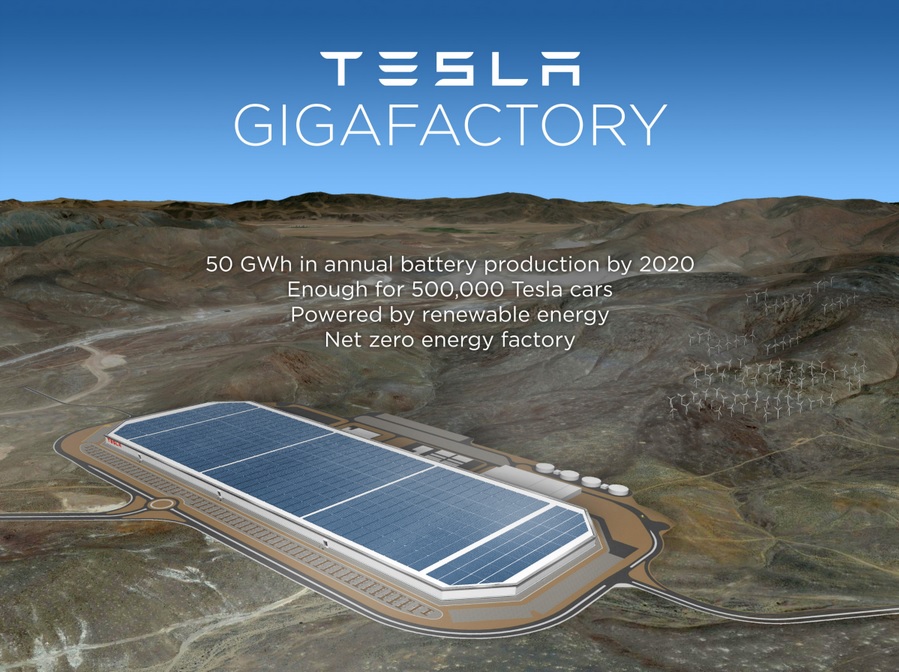The formula is simple: Put three battery and auto-industry experts in front of a camera, ask them a few leading questions, and let them debate.
That's exactly what the Autoline Network did three weeks ago; the resulting 27-minute video is a must-watch for any electric-car enthusiast.

Autoline electric-car battery panel: Brett Smith, Prabhakar Patil, Ann Marie Sastry
The three panelists are Ann Marie Sastry, founder and CEO of battery maker Sakti3; Prabhakar Patil, CEO of LG Chem's North American unit, formerly of Ford's hybrid unit; and Brett Smith, program director for industry analysis at the Center for Automotive Research.
All are based around Detroit, but bring a global view of the battery business and the auto industry to their comments.
They're moderated by host John McElroy, who takes a mildly skeptical view in challenging the panelists with some conventional wisdom.

Autoline electric-car battery panel: host John McElroy
We recommend watching the whole video, but here are a few excerpts from extensive notes on the many topics discussed:
- Have electric car sales fallen short? No, they're actually better than expected--but hype was a necessary piece of the drive to get the industry underway
- The U.S. today has 30 percent more electrified vehicles on its roads--hybrids and electric cars--than 2008 estimates predicted
- In the U.S., light-duty passenger vehicles account for just 18 percent of total carbon dioxide emissions
- LG Chem is confident that a 200-mile battery-electric car can be sold for less than $35,000 in 2017
- Sakti3 is targeting a cost of just $100 per kilowatt-hour for its solid-state cells, at which point electric cars cost the same or even less than conventional cars
- Cell cost represents 60 to 70 percent of battery pack cost in battery-electric vehicles, but only half in hybrid cars
- Right now, every cell maker has committed to a form factor; Sastry says solid-state cells offer scalability in size and volume, so that will no longer be necessary
- Lithium cells will be with us for at least the next 10 to 15 years; none of the participants were remotely worried about disruptive chemistries

Rendering of Tesla battery gigafactory outside Reno, Nevada, Sep 2014
Then the topic turns, inevitably, to electric-car maker Tesla Motors and its planned battery gigafactory in Nevada.
- As for Tesla, the panelists gave the company a lot of credit for changing the perception of electric cars and adding excitement
- "There's a lot of really solid stuff that they do; there's also a lot of really good marketing." -- Brett Smith on Tesla Motors
- For the Tesla Model 3, said to offer 200 miles of range for $35,000 and launch in 2017, Tesla will face serious competitors from not just one but several global automakers
- That means Tesla must be able to realize the economies of scale from building 500,000 Model 3 cars a year, to match the economies the global makers can bring
As noted, we suggest watching the entire clip--and perhaps taking your own notes.
Then sit back, absorb the consensus views of three of the more knowledgeable people in the battery business, and ponder what the landscape will look like in 2017
Frankly, we can't wait.
[hat tip: Joseph Dubeau, PWJ Bishop, Jerry FreedomEV]
_______________________________________________













